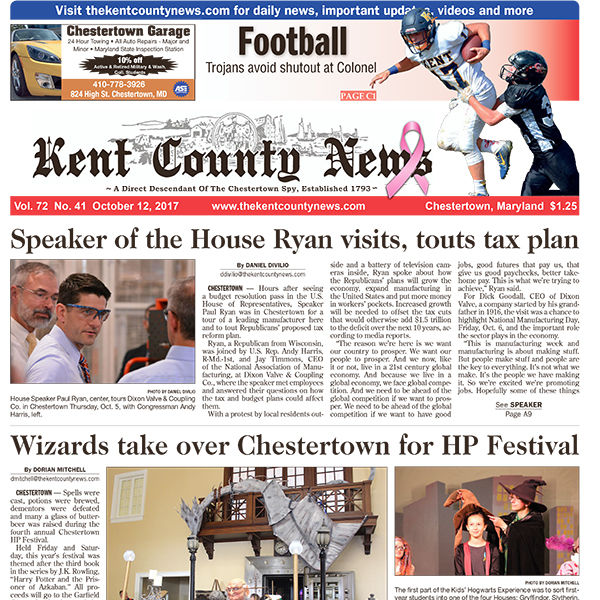
20 Jun Fentanyl, heroin, prescription opioid-related deaths drop in Maryland | News
ANNAPOLIS — Drug- and alcohol-related deaths in Maryland declined in the first quarter of 2019, a state report shows.
During a three-month period — January through March 2019 — there were 577 total unintentional intoxication deaths, a 15% decrease as compared to the same period in 2018.
The Maryland Department of Health and Opioid Operational Command Center released its 2019 first quarter reports last week.
Of the total, 515 (89%) were opioid-related deaths, primarily attributable to fentanyl, the report said. Opioid-related deaths declined by 14.3%.
The report also showed heroin-related deaths continued to decline, decreasing 23% in the first quarter of 2019, compared to the same period in 2018.
Prescription opioid-related deaths declined, compared to 2018, by 16% in the first three months of 2019.
The report included preliminary data for unintentional drug- and alcohol-related intoxication deaths through the first quarter of 2019.
Separately, it included performance measures by state agencies and Maryland’s 24 opioid intervention teams, as well as details about opioid-related spending and information regarding Maryland’s fight against the heroin and opioid epidemic.
Maryland Department of Health Secretary Robert R. Neall acknowledged the decrease and said the department will “continue to work diligently to combat this epidemic.”
“Treatment and prevention options are available 24/7 for those who want it,” Neall said. “They can dial 211 and press 1 to find assistance. Our goal is to get support to everyone who needs help as soon as possible.”
According to the report, fentanyl continues to be the deadliest substance, with 474 fentanyl-related deaths occurring in the first quarter.
This represents an 8% decrease over the same time period last year, during which fentanyl was involved in 92% of opioid-related deaths.
Cocaine-related deaths — the third most prevalent drug involved with overdose deaths — declined as well, by 21% when compared to the same period in 2018.
The increase in cocaine-related deaths during the past several years, according to the department, can be attributed to cocaine combined with opioids, which were found in 89% of cocaine-related deaths so far in 2019.
Steve Schuh, executive director of the Opioid Operational Command Center, said he is “encouraged by the fact that 16 of Maryland’s 24 local jurisdictions experienced declines in the number of opioid-related fatalities during the first quarter of 2019.”
“We have never witnessed so many counties reporting declines in the number of opioid-related fatalities,” Schuh said. “But the heroin and opioid crisis in Maryland is by no means over. More than 500 of our friends, family members and neighbors lost their lives to opioid use disorder during the first quarter of 2019.
“That’s why we continue to work every day with our federal, state, local and community partners to save the lives of our fellow Marylanders.”
The OOCC tracks more than 170 state-level performance metrics pertaining to opioid-related programs being implemented by various state agencies and additional state government partners, as well as more than 30 local-level programs and initiatives implemented by various local partners through the OITs.
For example, the number of jurisdictions reporting the implementation of locally led programs to educate prescribers about best practices in prescribing opioids or pain medications has increased 171% — from seven prior to March 2017 to 19 in the first quarter of 2019.
Before It’s Too Late is the state’s effort to bring awareness to this epidemic — and to mobilize resources for effective prevention, treatment and recovery.
Marylanders struggling with a substance use disorder can find help at BeforeItsTooLateMD.org, by calling 211 and pressing 1, or by texting their zip code to 898-211.
[ad_2]
Source link



No Comments